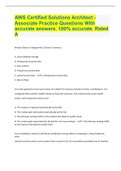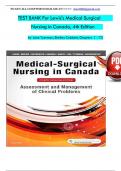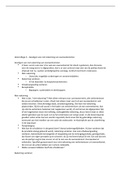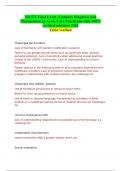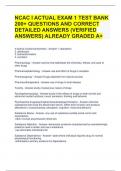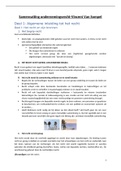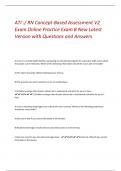Tentamen (uitwerkingen)
TEST BANK FOR PATHOPHYSIOLOGY 9TH EDITION BY MCCANCE ALL CHAPTERS INCLUDED WITH COMPLETE VERIFIED SOLUTIONS
- Vak
- Instelling
- Boek
PATHOPHYSIOLOGY 9TH EDITION MCCANCE TEST BANKChapter 1: Cellular Biology MULTIPLE CHOICE 1. Which statement best describes the cellular function of metabolic absorption? a. Cells can produce proteins. c. Cells can take in and use nutrients. b. Cells can secrete digestive enzymes. d. Cells can...
[Meer zien]





